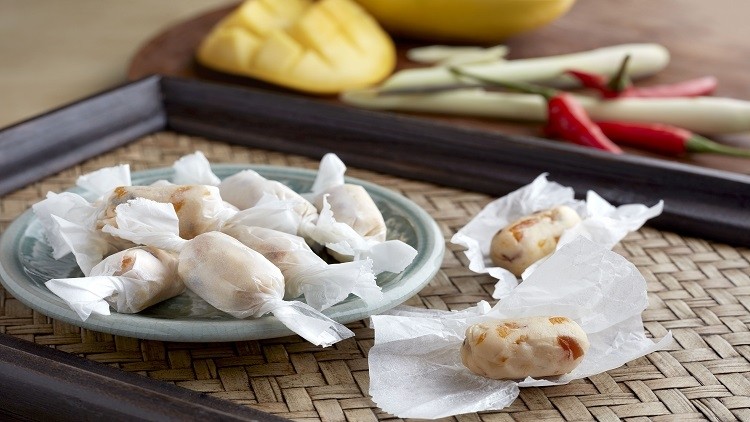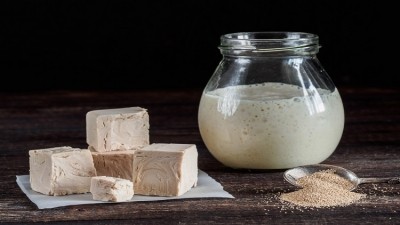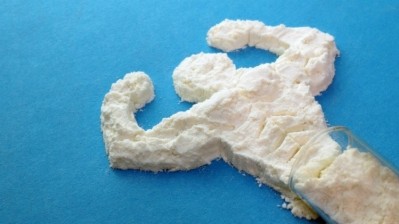Spicing up the protein bar: Can mango, kopi and longan help entice South East Asian consumers?

One of the most eye-catching prototypes - the spicy mango chewy - was recently showcased at the Food Ingredients Asia show held in Bangkok.
Made of whey protein isolate, the concept sought to open out the protein supplement market to females, as an option for everyday snacking, and even to the children, said technical director of food applications at USDEC Martin Teo.
“Protein bars could actually sound quite intimidating to some consumers because they will think that these are only for gym-goers…The females also do not want to look ‘manly’ by eating the bars and also, parents might not think that it is suitable for children.
Speaking to NutraIngredients-Asia, Teo also said that the concept allowed for flexibility in dosage amounts, since the chewy came in small bite size.
“For the spicy mango chewy, the idea is that one can get about 30g of protein for every 100g of the chewy. So we are targeting each chewy piece to be 10g big, so that each piece will have about 3g of protein, and each serving will consists of five pieces of chewy.
“The idea is that you do not need to buy the entire bar but can’t finish it, and the chewy is on-the-go, convenient, and light.”
Texture, superfoods, and occasion-driven
Other concepts, such as a kopi (café latte) flavoured protein bar that offer more layers of texture and protein balls with added Asian superfoods were also presented during an conference held by the USDEC last month.
Speaking of the kopi flavoured bar, Teo said that the concept not only adopted local tastes, but also appealed to the Asians’ preference for crunchiness by adding protein crisps and nuts as fillings.
“The sensation of eating a bar is not just about the softness and the chewiness…And so, we incorporated the fillings with some nuts and protein crisps for crunchiness.
“Asians love crispy and crunchy,so we took note of this and incorporated into the bar to give two dimensions of texture.”
Another concept, a “dragon ball” protein supplement, features Asian superfoods, including dried longan, goji berries, and melon seeds.
He said that adding the additional ingredients provided additional health benefits as well.
“When we add in the nuts, goji berries, they do have some nutrients too, so what I am trying to do is to take the Asian perspectives of superfood or TCM into the sports nutrition product.
“The whole idea is not just to sell protein per say, but is also giving some nutrition profile and other health benefits.”
Challenges
Teo told us that while there might be technical barriers to such product developments, manufacturers could resolve the difficulties little by little.
“We can perhaps start with a small machine, it doesn’t have to be a huge machine investment, and manufacturers can always start small. As they grow their business, they can change into a bigger machine.”
He said that for firms that operate in countries with low labour cost, they could even began with manual labour before acquiring expensive machines.
Thailand leading the pack
Thailand is the fastest developing market out of all South East Asian countries when it comes to protein supplement product innovation, according to Teo.
“Thailand is by far, the fast developing market for protein product.
You can see from the supermarkets all the kinds of protein beverages, like the protein milkshakes, clear protein water, protein cookies, protein bars, protein balls…All sorts of things are now happening in Thailand. ”
Speaking of product localisation, he pointed out how MyWhey, a Thai firm, had developed a Thai Milk tea product to suit the local taste profile.
As a whole, he said that the protein supplement in South East Asia has been attracting more mainstream consumers.
“If you talk about protein 15, 20 years ago, people will think that it is for muscle-building, people who go to gyms, but it is becoming very mainstream now for people at different life stage.”



















